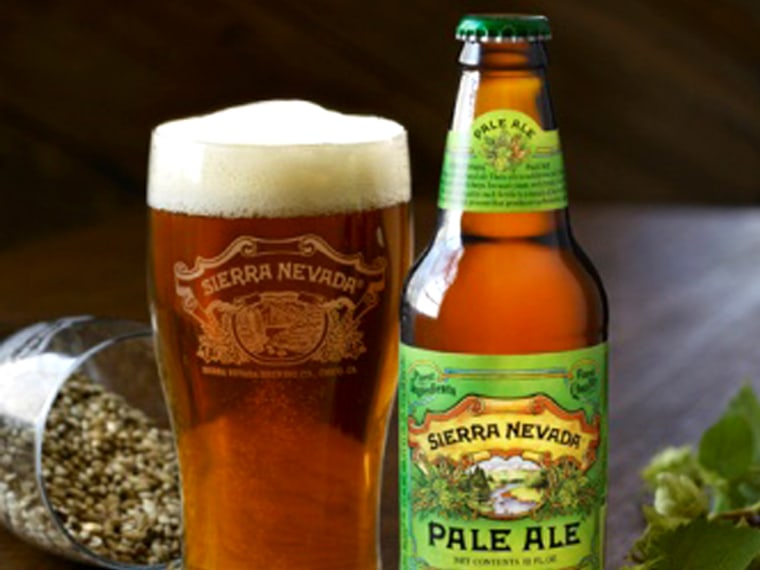Earth Day gets me in the mood to celebrate green beer, but not that awful dyed stuff that’s popular on St. Patrick’s Day. Instead, it’s an opportunity to share some examples of brewers who are taking steps to protect the environment and reduce the impact that their production of the world’s greatest beverage is having on our planet.
New Belgium Brewing Company has made environmental sustainability central to how they do business. The Fort Collins, Colo., brewer closely measures their impact on the environment, and has set goals to reduce the amount of energy they use to produce their beers and the amount of water it takes to brew a glass of beer. The brewery also sends less than 1 percent of their waste to landfills — everything else is reused or recycled.
New Belgium also has a remarkable power generation setup where microbes feed on the wastewater from the production of beer, producing methane gas that is then used to generate electricity. When the system is working at maximum efficiency, these little critters can produce up to 15 percent of the juice needed to run the brewery.
Sierra Nevada is another large craft brewery that’s doing big things for the environment. They own one of the largest private arrays of solar panels in the country, more than 10,000, and are the only brewery in the country with hydrogen fuel cells on site. Combined, these non-combustible technologies provide the Chico, Calif., brewery with about 40 percent of the energy they need to produce their excellent beers. The sustainability page on their website even has meters that share the amount of on-site power generation occurring at any moment, just in case you’d like to eco-stalk them.
Like New Belgium, Sierra Nevada sends less than one percent of their solid waste to landfills. Their HotRod composting system recycles organic waste so it can be reused to fertilize the brewery’s hop and barley fields and their gardens.
Of course, if you really want to do good for the environment, visit a brewpub, where the beer is brewed and consumed on-site, eliminating the pollution created by transporting bottles or cans.
Among the greenest is Portland, Ore.’s Hopworks Urban Brewery, which calls itself the first “Eco-Brewpub.” Instead of having been built from the ground up, their structure is “recycled” from what was originally a tractor showroom. Much of the décor is fashioned from reclaimed materials, and the place boasts high-efficiency appliances and lighting throughout.
Hopworks is serious about water conservation as well. They have lowered their water-to-beer ratio to 4.23 gallons of water for every gallon of organic beer produced, putting them on a par with eco-obsessed big brewer New Belgium. They also use water-saving toilets, faucets and dishwashers, and take advantage of Portland’s many rainy days to collect water for irrigation in the dry season and for outdoor cleaning.
In addition, the kitchen at Hopworks cooks with local ingredients whenever they can, getting them from suppliers who are into sustainability as well. They use 100 percent recycled paper products when possible, and their carry-out containers can be composted. The brewpub also claims that two-thirds of all employees arrive at work by eco-friendly means, either by bike, public transportation, carpools or good old-fashioned shoe leather.
Not satisfied with those attempts to be kind to Mother Earth, Hopworks also purchases offsets for the water and energy they cannot conserve, giving the business a nearly invisible environmental footprint.
Of course, you homebrewers out there are probably yelling at your screen, saying that brewing at home is the most environmentally friendly way to enjoy good beer. There’s merit to that argument — the bottles are used again and again, and there are no transportation emissions once the beer is brewed. And while professional brewers strive for a 4-to-1 water-to-beer ratio, homebrewers can brew a gallon of beer with as little as 1.5 gallons of water.
But whether you buy it or make it yourself, it’s nice to know that there are beers out there brewed with sustainability in mind. As we begin to face the harsh environmental realities of the 21st century, it’s good to see some of America’s craft brewers showing us ways industry and sustainability can go hand in hand.
